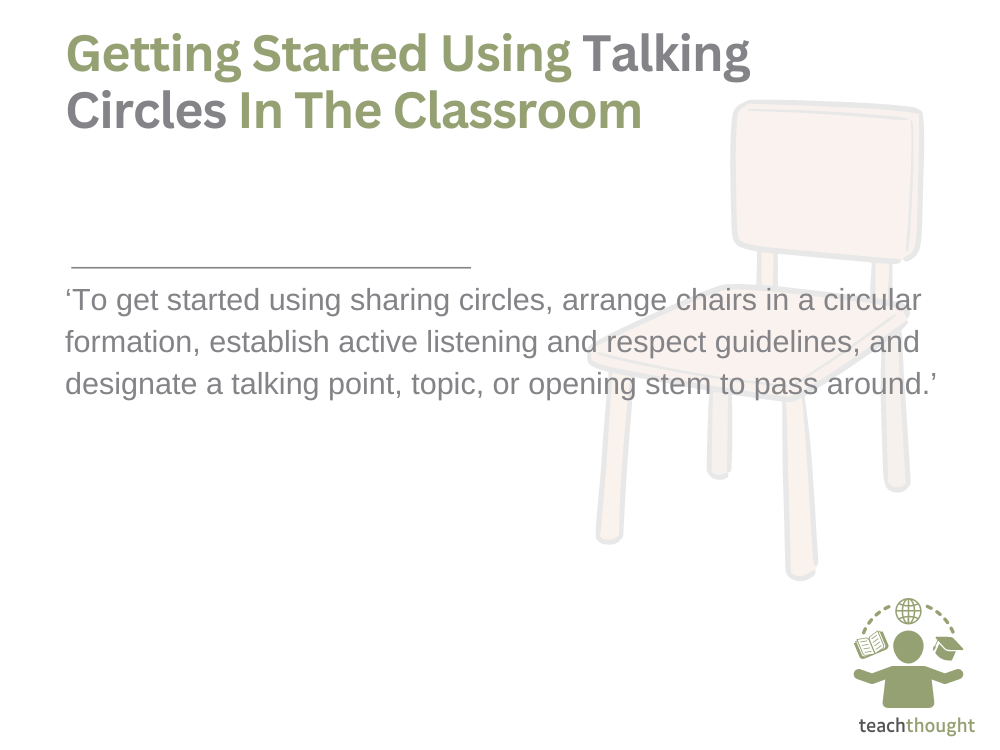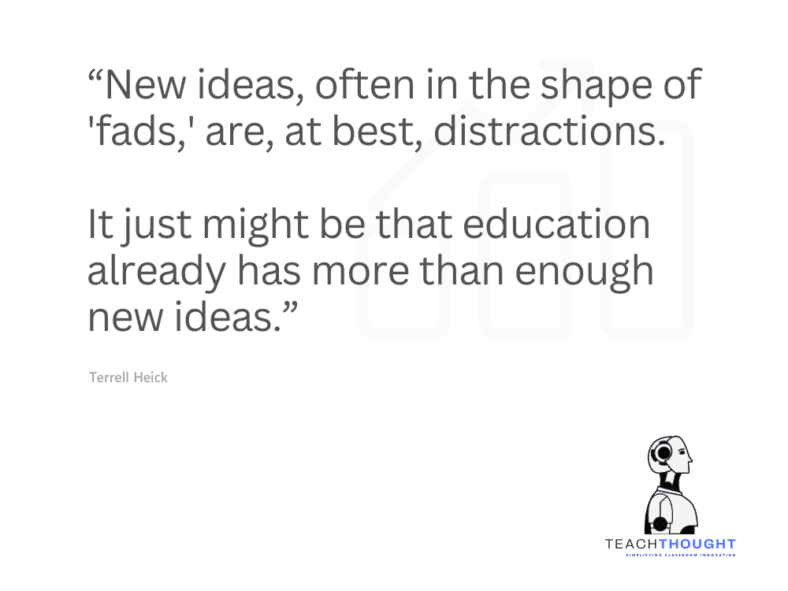Talking Circles are a traditional discussion and decision-making format originating in First Nations cultures.
In this format, individuals sit in a circle, signifying equality, and take turns speaking while holding a ceremonial object. This allows for respectful and inclusive conversation, as everyone can share their thoughts and feelings in a supportive environment. The circle also represents connection and unity, as participants are encouraged to listen attentively and empathetically to one another.
In addition to their traditional use, Talking Circles have also been adapted for use in classrooms to demonstrate equality and connection among students. In this context, they encourage open dialogue, active listening, and mutual respect. This fosters a sense of community and belonging, and helps to create a safe space for students to express themselves and engage in meaningful discussions.
Common types of Talking Circles, also known as Sharing Circles, include Healing Circles, where individuals share their experiences and emotions in a therapeutic setting, and Restorative Justice Circles, which are used to resolve conflicts and repair harm within a community. These various types of circles serve different purposes but all emphasize the values of equality and connection.
Using Classroom Circles In The Classroom
Circle practice in the classroom involves sitting in a circle and engaging in meaningful dialogue. To get started using sharing circles, arrange chairs in a circular formation, establish active listening and respect guidelines, and designate a talking point, topic, or opening stem piece to pass around. Types of questions to ask can include academic content discussions, social and emotional check-ins, and reflective prompts. The benefits of utilizing circles in the classroom include fostering community, enhancing communication skills, and promoting student empathy and understanding.
Incorporating talking and sharing circles into the classrooms can create an inclusive and collaborative learning environment. Students can share their thoughts, ask questions, and engage in deeper discussions about the subject matter.
Additionally, circles provide a platform for students to express their feelings and experiences, leading to improved social and emotional well-being. Reflective circles encourage self-awareness and critical thinking. Overall, circle practice in the classroom contributes to a positive learning experience and supports students’ academic, social, and emotional growth.

Strategies For Using Talking Circles For Learning
Talking circles can be a powerful tool for promoting inclusive classroom communication and learning in various subject areas.
One strategy for using talking circles is incorporating them into regular classroom discussions, allowing students to take turns speaking and ensuring that all voices are heard. This can be especially beneficial in language arts, social studies, and literature, where dialogue and diverse perspectives are valued.
Another strategy is to use talking circles as a focal point of the classroom, where students gather to share their thoughts, ideas, and reflections on the studied subject matter. This can create community and collaboration, promoting authentic conversation, listening, and reflection.
More Strategies For Using Talking Circles In The Classroom
Sharing Circles Can Building And Social-Emotional Learning
At the start of a school year or new term, talking circles can be instrumental in building a sense of community within the classroom. By sharing personal stories, interests, and aspirations in a safe, respectful setting, students learn about each other deeply, fostering empathy, respect, and a sense of belonging.
This practice can be particularly beneficial in developing students’ social-emotional skills, such as self-awareness, social awareness, and relationship skills. Teachers can prompt discussion with questions like “What is something you’re proud of?” or “Share a challenge you’ve overcome,” encouraging students to listen actively and empathize with their peers.
Conflict Resolution and Problem-Solving
Talking circles provide a structured methodology for addressing conflicts or challenges within the classroom. By giving each participant an equal opportunity to speak without interruption, these circles encourage honest and open communication, allowing all sides of a conflict to be heard.
This process of talking circles can help students develop critical life skills such as empathy, patience, and problem-solving. When a disagreement arises, a talking circle can be convened to discuss the issue, with the teacher guiding the process to ensure a constructive and respectful dialogue. The goal is not only to resolve the immediate conflict but also to teach students a method for peaceful conflict resolution that they can carry with them outside the classroom.
Reflection and Feedback
After a project, lesson, or unit, teachers can use talking circles to facilitate reflection and feedback. This approach allows students to share their thoughts on what they learned, what they found challenging, and suggestions for future activities.
Sharing circles can also give teachers valuable insights into students’ understanding and experiences, informing future teaching strategies. This reflective practice encourages students to think critically about their learning processes and to practice giving and receiving constructive feedback, a skill valuable in academic and personal contexts.
Cultural and Historical Education
Talking circles can effectively engage students in learning about different cultures, histories, and perspectives, particularly those of Indigenous peoples who have traditionally used talking circles in their communities.
Teachers can honor these traditions by conducting lessons or discussions on specific topics within a talking circle and provide students with a more inclusive and respectful understanding of diverse cultures. This can be particularly impactful when discussing historical events, social justice issues, or literary works from various cultural perspectives.
Through this method, students gain knowledge and learn the importance of respecting diverse viewpoints and the value of communal dialogue.
Sharing Circles Can Building And Social-Emotional Learning
At the start of a school year or new term, talking circles can be instrumental in building a sense of community within the classroom. By sharing personal stories, interests, and aspirations in a safe, respectful setting, students learn about each other deeply, fostering empathy, respect, and a sense of belonging.
The Benefits Of Using Talking Circles
The benefits of incorporating talking circles in learning include fostering peer-directed and flexible learning experiences. Talking circles promote a more inclusive and student-centered learning environment by allowing students to dialogue and share their ideas openly. This can lead to a deeper understanding of the subject matter and a greater appreciation for diverse perspectives.
Incorporating talking circles in learning also promotes deeper listening and reflection in conversations. This allows students to develop their communication skills and learn to appreciate the viewpoints of others, leading to more meaningful and inclusive discussions.
In conclusion, sharing and talking circles can be valuable for promoting inclusive classroom communication and learning in various subject areas. Educators can create a more inclusive and student-centered learning environment by incorporating them into regular classroom discussions and using them as a focal point of the classroom.

